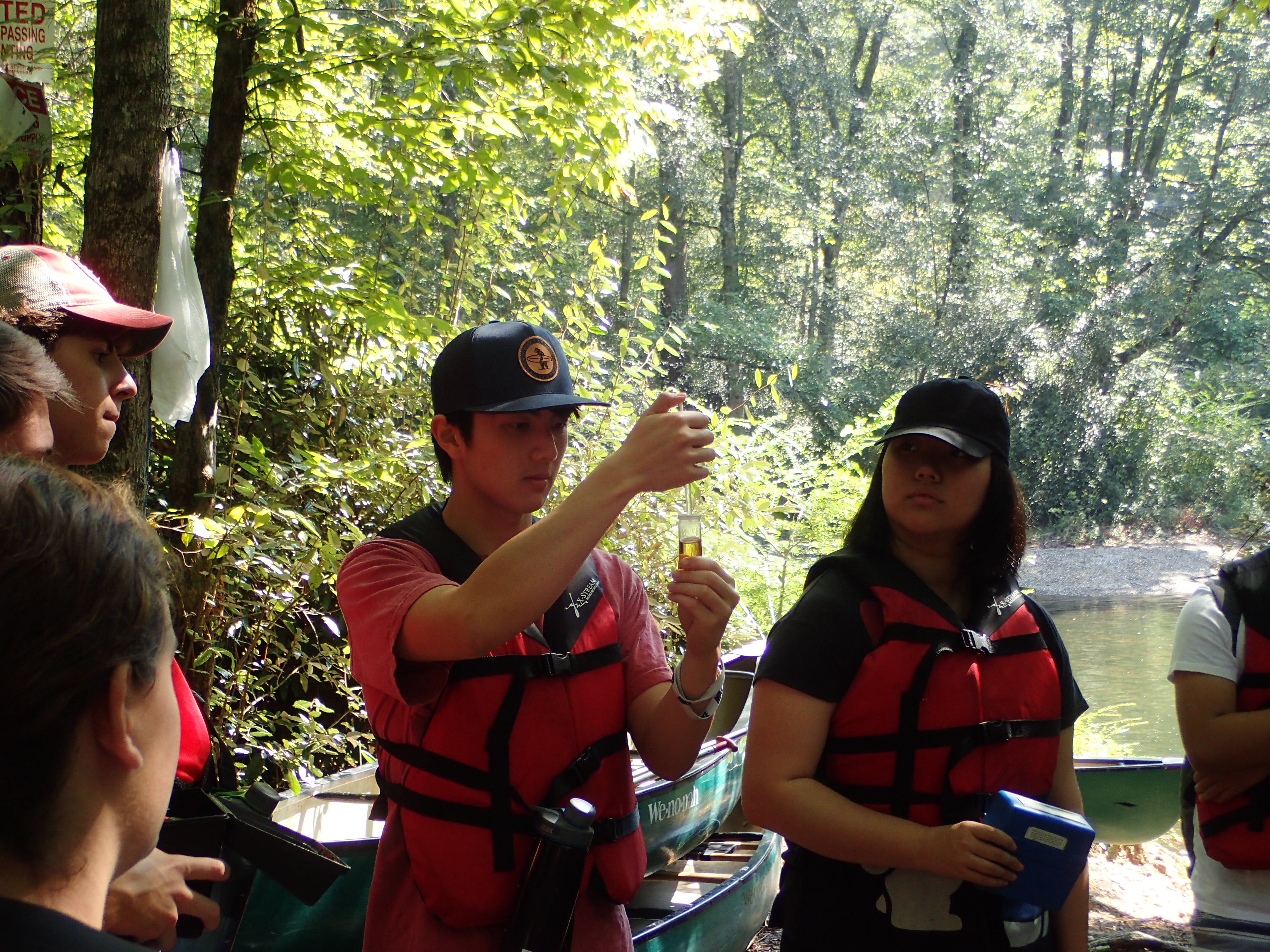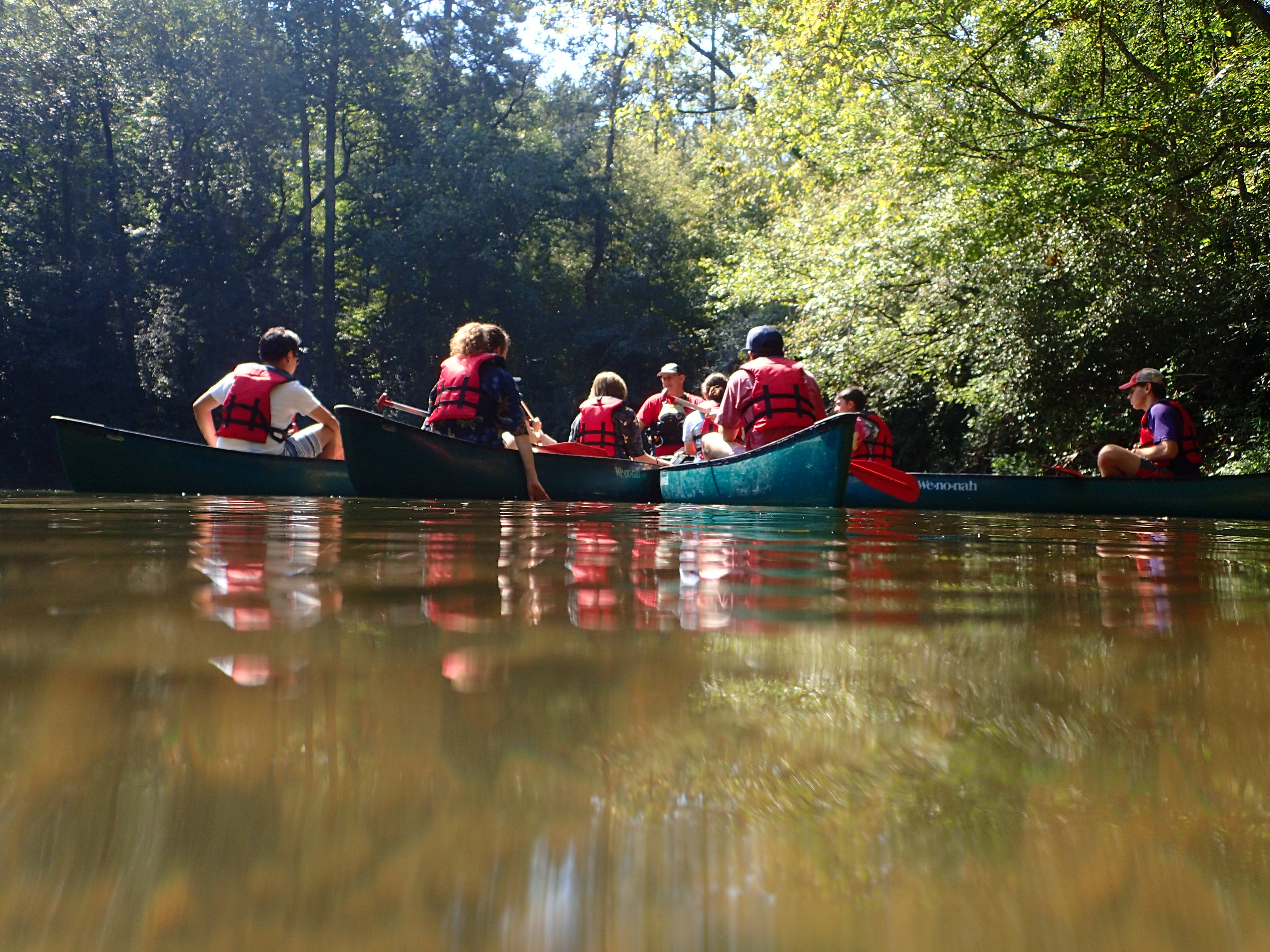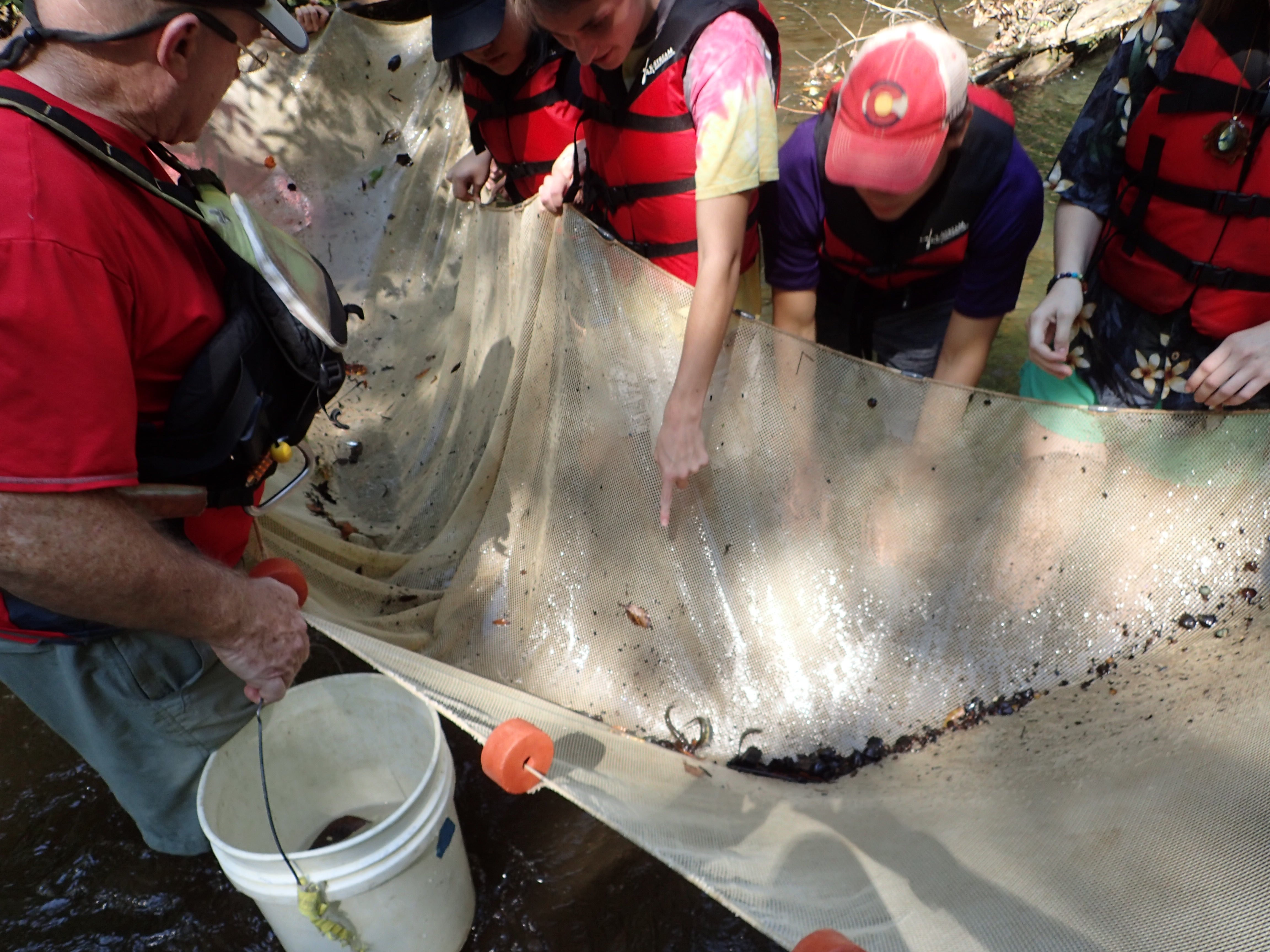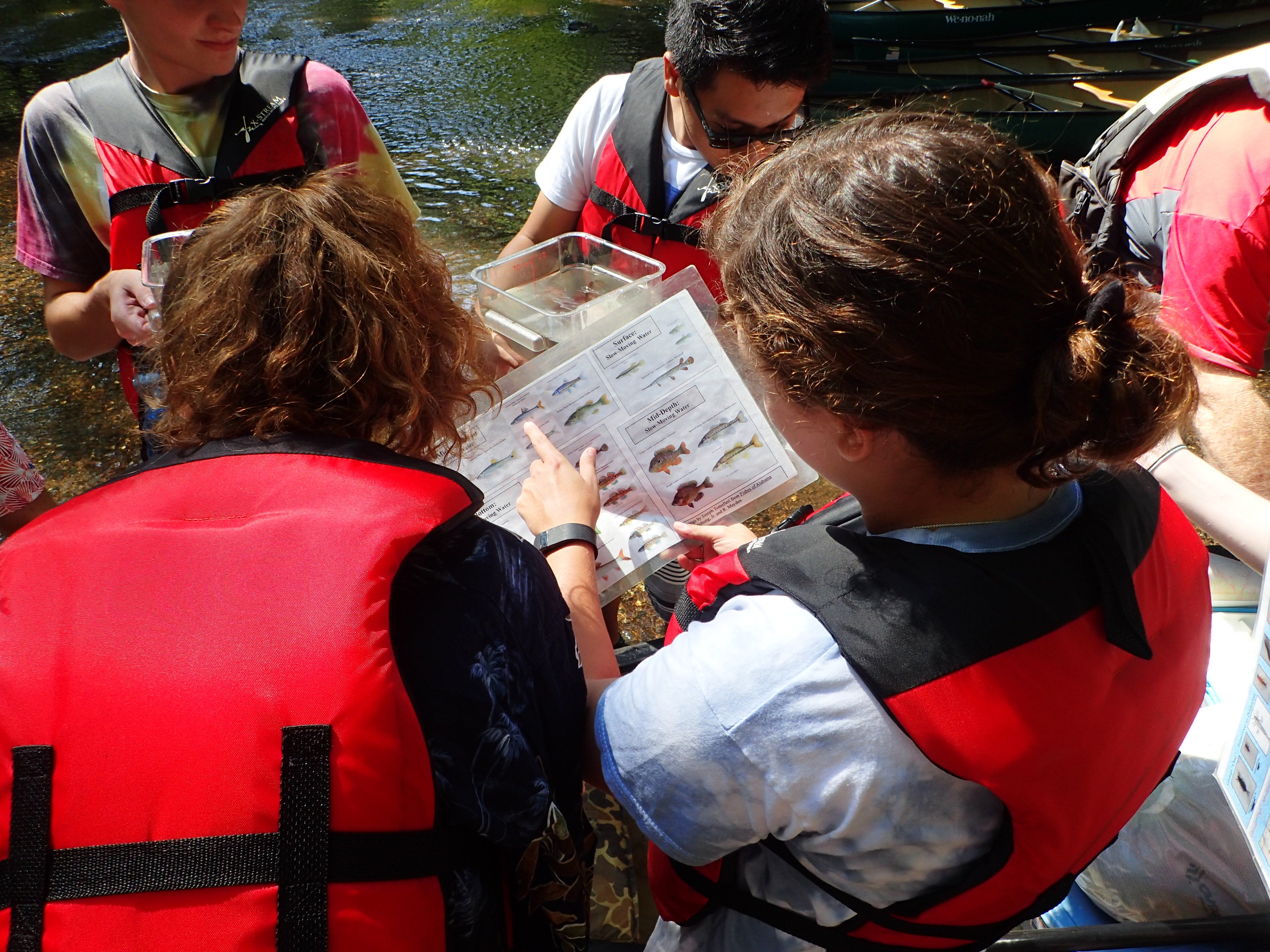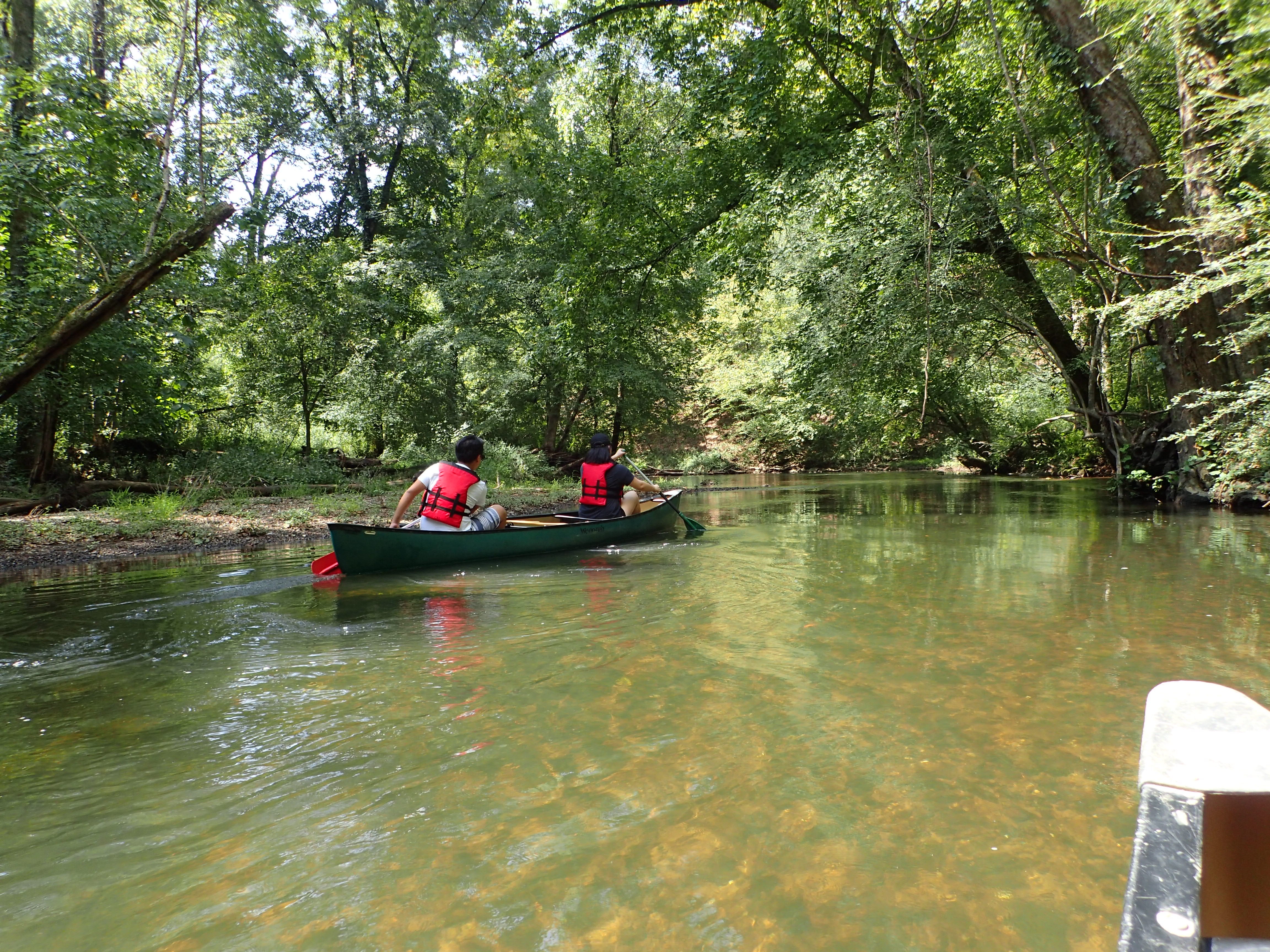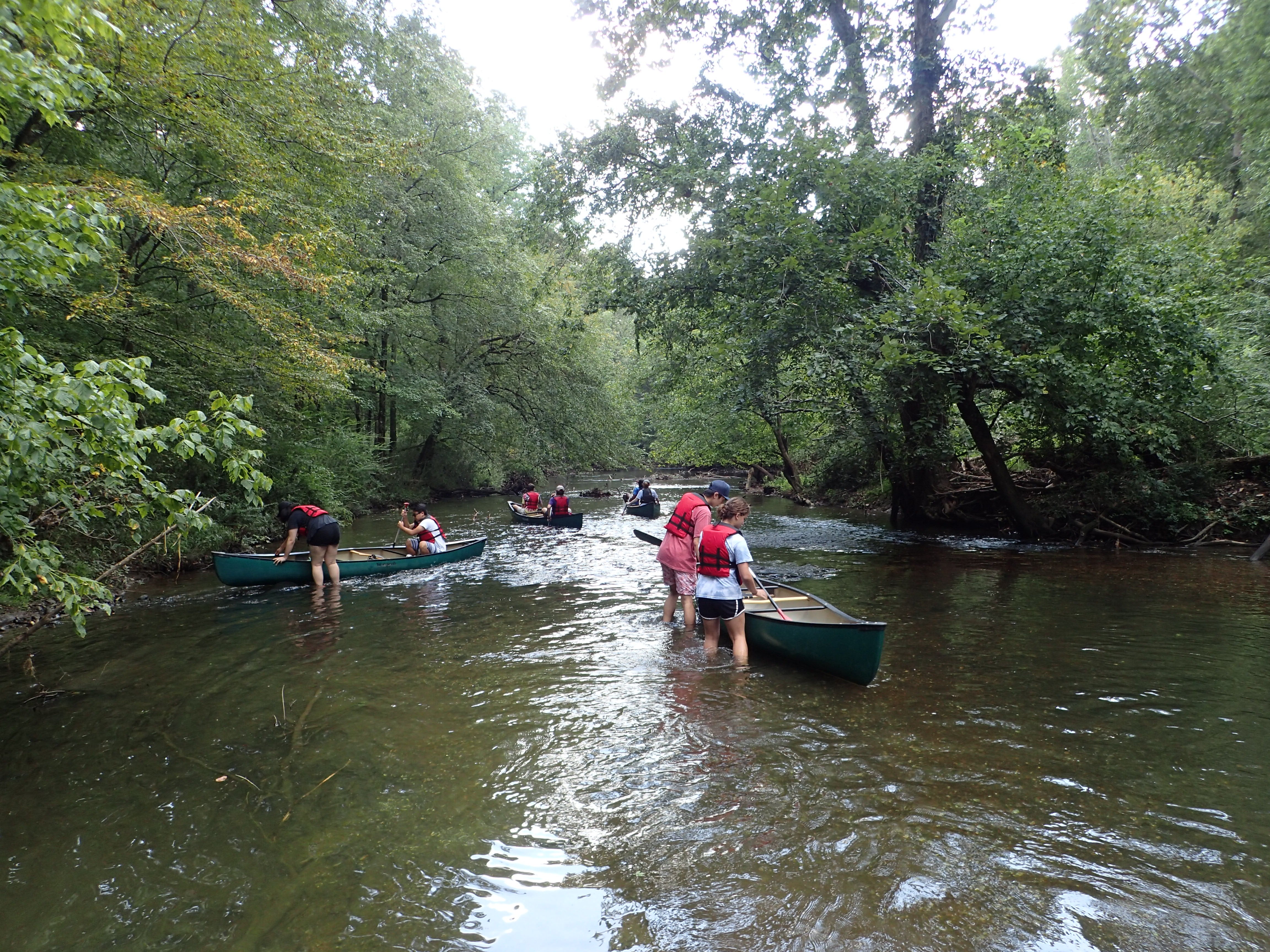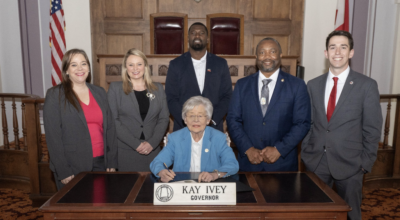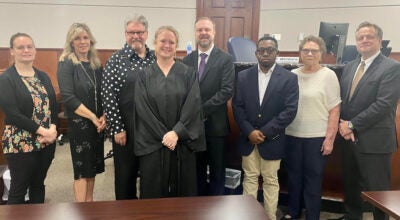Indian Springs students study Cahaba River ecosystem
Published 4:23 pm Tuesday, September 26, 2017
INDIAN SPRINGS VILLAGE – Eight AP environmental science students from Indian Springs School got their feet wet while learning about the Cahaba River ecosystem on Sept. 15.
Michael Mulligan’s class took a field trip as part of its studies that was facilitated by Cahaba River Society Director of Education Gordon Black.
“It’s a chance for the students to learn by doing,” Mulligan said. “We can get this out of a textbook, but if we’re canoeing down the Cahaba, it’s going to stay with them longer.”
The group entered the water at a put in for the Little Cahaba River at the end of Cahaba Beach Road.
A water sample was taken, and the students tested the water for dissolved oxygen levels and pH, which was high because of the amount of limestone in the area.
After water safety and canoeing instruction, the students paddled down to the Cahaba River while collecting aquatic species including fish and insect larvae.
Some of the species collected can offer clues about water quality because they are sensitive to pollutants, so those collected were identified and then determined to be species that live in high, medium or low quality water.
“We have an idea about the kinds of things that can affect the watershed, but we have to consider things like what is upstream and subdivisions that are nearby. We don’t know until we get in the water and find out what’s living there.”
During lunch, the group talked about why the river is noted for its impressive biodiversity, and after lunch, they discussed native mussels, the larger, invasive Asiatic clam and how these animals indicate water quality, according to Bob Bao, an ISS senior.
“That’s how they forage: they’re filter feeders,” Bao said. “They have high requirements for water quality.”
Other topics included where fish live in the water column and predators.
Bao said his class has also studied Bishop Creek on the Indian Springs School campus.
While there are not as many species to study in Bishop Creek, it still offers lessons and can be compared to the Cahaba River ecosystem.
“That’s where science comes in,” Mulligan said. “They’ve got to research what’s going on.”


